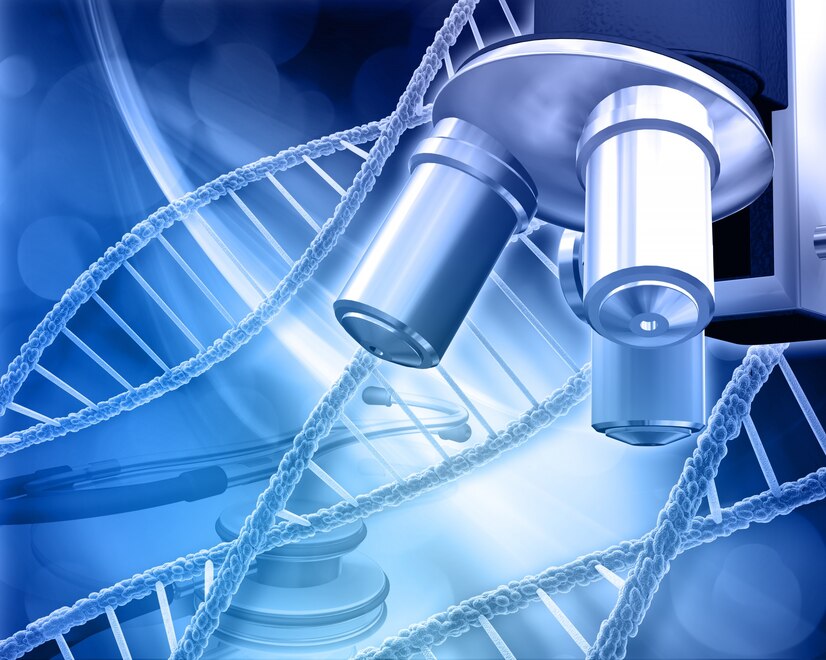Antibody purification is a critical process in biomedical research, diagnostics, and therapeutic development. Among the widely used purification methods, Protein A and Protein G affinity chromatography stand out for their efficiency and specificity. But which method is better for your needs? In this detailed comparison, we will explore the strengths and limitations of each technique, helping you determine the best fit for your professional research labs.
Understanding Protein A and Protein G
Both Protein A and Protein G are bacterial proteins that bind to the Fc region of immunoglobulins (Ig), particularly IgG, making them powerful tools for antibody purification. However, their binding affinities differ based on species and antibody subclasses, which significantly impacts their effectiveness in specific applications.
What is Protein A?
Protein A is derived from Staphylococcus aureus and is known for its strong affinity for the Fc region of IgG, particularly human IgG1, IgG2, and IgG4, as well as rabbit IgG. Its high specificity and binding capacity make it a preferred choice for therapeutic antibody purification and immunoprecipitation.
Advantages of Protein A Purification
- High binding affinity for human and rabbit IgG subclasses.
- Excellent for large-scale monoclonal antibody (mAb) production.
- Compatible with acidic elution, which aids in antibody recovery.
- Proven reliability in professional research labs for biopharmaceutical production.
Limitations of Protein A Purification
- Weak or no binding to mouse IgG1 and certain other species’ IgG subclasses.
- Higher cost compared to Protein G resins.
- May require optimization for elution conditions to avoid antibody denaturation.
What is Protein G?
Protein G is derived from Streptococcus species and has a broader binding range compared to Protein A. It interacts with a variety of IgG subclasses from different species, including mouse, rat, and human IgG1, making it ideal for polyclonal and monoclonal antibody purification.
Advantages of Protein G Purification
- Stronger binding to mouse, rat, and bovine IgG compared to Protein A.
- Better suited for research applications requiring purification of diverse IgG subclasses.
- More effective at binding low-concentration antibodies in complex samples.
- Available at a lower cost, making it an economical option for professional research labs.
Limitations of Protein G Purification
- Slightly lower binding capacity for human IgG compared to Protein A.
- Requires neutral pH elution, which may not be suitable for all antibodies.
- Not ideal for therapeutic antibody production due to lower specificity for human IgG subclasses.
Which One Should You Choose?
The choice between Protein A and Protein G depends on your specific application, antibody source, and budget. Here are some recommendations:
Use Protein: A if you are purifying monoclonal antibodies for therapeutic applications or need high binding efficiency for human and rabbit IgG.
Use Protein: G if you are working with multiple IgG subclasses from diverse species, especially mouse or rat IgG, in research or diagnostic applications.
Consider a combination of Protein: A and Protein G if you require broader binding coverage while maintaining efficiency.
Alternative Affinity Resins
While Protein A and Protein G are the most common affinity resins, other options include:
Protein L: Binds to kappa light chains in a species-independent manner.
Protein A/G: A fusion protein that combines the binding strengths of both Protein A and Protein G.
Custom Ligands: Designed for specialized purification needs in professional research labs.
Final Verdict: Who Wins?
There is no absolute winner between Protein A and Protein G, as the best choice depends on your research or production requirements. If you are focusing on human monoclonal antibody purification, Protein A is the superior option. However, if your work involves a wide range of species, Protein G provides greater versatility.
For expert guidance on selecting the right purification method, click here to find out more or contact us for professional research labs. Whether you need high-purity antibodies for biopharmaceutical production or academic research, choosing the right affinity resin can make all the difference.
To explore more about antibody purification and optimization techniques, check over here or click this link here now for valuable insights from industry professionals.



